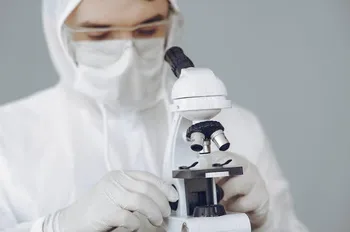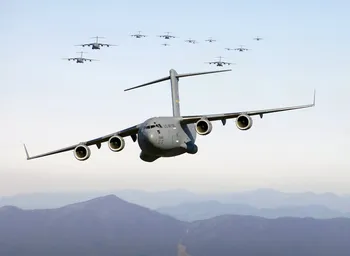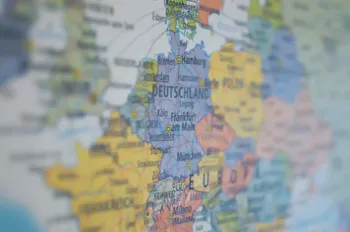The outcome should contribute to:
- The proper coverage of use cases integrating technologies established through the EU industries.
- The improvement of operation capabilities and resilience to future scenarios of EU Member States' and EDF Associated Countries' defence forces, in line with their strategic needs and trends.
- Increasing the interoperability and interchangeability between participating EU Member States and EDF Associated Countries and industry.
- The development of innovative systems, which should be more efficient, scalable, and adaptable to different platforms (initially naval but also e.g., in the future ground, air).
- Reducing the cost of the future systems development and their maintenance throughout life cycle.
In the context of the maritime domain becoming increasingly contested, the state of the art of naval capabilities and interoperability are key to protect the EU interests. Evolving operational scenarios demand increased sensor capabilities. The radar sensor technology is also concerned with this capability upward trend, under challenging multi-domain threat conditions (land, sea, air, space and cyber).
Over the past decade, significant advancements have been made in fundamental technologies that influence both hardware and software aspects of radar systems. These advancements include among others the evolution of Radiofrequency (RF) electronics, digital technology, photonics, and smart antennas in the hardware domain, as well as
...


